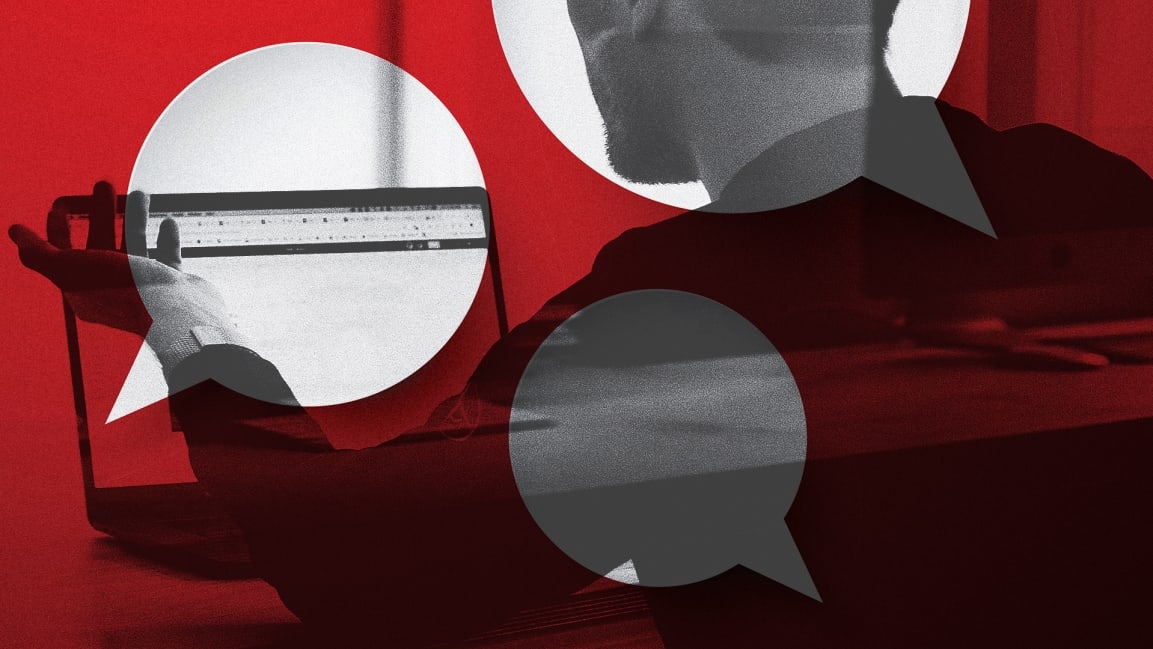Managers, it’s possible to build a positive feedback culture remotely. Here’s how
Millions of people have already been vaccinated, but research shows that remote work is here to stay. A 2020 survey of 4,700 skilled knowledge workers, funded by Slack, revealed that only 12% want to return to the office full time. The majority (72%) would prefer a hybrid model that combines home and office work.
As Slack co-founder and CEO Stewart Butterfield told the BBC, the pandemic has given us a once-in-a-generation chance to reimagine how we want to do our jobs. “If we can move past decades of orthodoxy about 9-to-5, office-centric work,” says Butterfield, “there’s an opportunity to retain the best parts of office culture while freeing ourselves from bad habits and inefficient processes, from ineffective meetings to unnecessary bureaucracy.”
My own company weathered a series of highs and lows throughout 2020. Before the calendar flipped in January, I reflected on the big lessons I’ve learned from COVID-19; my next step is more granular. My goal was to ensure our teams are equipped to succeed and thrive, regardless of where or how they’re working.
Establish your vision
The past year triggered a systematic reset, for better and worse. Working from home helped many of us to navigate the crisis, write Mark W. Johnson and Josh Suskewicz for Harvard Business Review, authors of Lead from the Future. But what do you want in the long term? Maybe it’s higher productivity, cheaper office space, less travel, better morale, or higher retention rates. Your vision will drive the changes required to realize it.
“Thinking and planning from the future back allows you to fully articulate what you hope to achieve with your new work system and then design its major components from a ‘clean sheet,” Johnson and Suskewicz explain, “unencumbered by how things work today or how they worked in the past.”
Revisit your organization’s system
Clear goals and values are a springboard for change. For example, our company prizes creativity and continuous improvement over hyper-speed results. We care deeply about ensuring our employees are challenged and fulfilled—both at work and in their personal lives. That means team members will continue to set their own schedules, as long as they collaborate effectively with their small, multi-functional teams. And it might be some time before we can share chef-prepared salads in the office, but we could institute a meal stipend or provide ingredient deliveries for employees working from home.
You might also want to revisit staff wellness programs or recalibrate benefits. A tricked-out office gym may no longer be essential. Instead, could you give employees a fitness stipend to use for new sneakers, physiotherapy sessions, or workout equipment? Even staff who do return to the office or embrace a hybrid model could benefit from greater choice in your wellness policies.
Assess your tools
For years, we’ve ensured employees have powerful computers, big monitors, and large desks to spread out on. We’ll still offer these tools for in-office staff, but after almost a year of virtual operation, our teams might have discovered different needs. Ask your employees what’s working, and what’s not. Do they need a hardware stipend or help with their Wi-fi bill? I know many companies face tight budgets, but some categories might have gone unspent in 2020 and the funds could be reallocated.
Business and communication software are also ripe for re-evaluation. From secure messaging tools to video conferencing to virtual IT support, remote work demands unique tools. Send a survey asking employees what they rely on and what could be decommissioned. The same goes for communication processes. It’s tempting to start a video call for every conversation, but sometimes the phone or virtual chat is less taxing. Explore your meeting strategies and refresh any guidelines. Teams should be free to communicate how they like, but it’s helpful to remind people that they have options.
Be empathetic to diverse needs
Finally, consider what staff need to manage shifting personal responsibilities. Maybe you want to reimburse childcare costs, or introduce flexible leave for caregivers. And remember that no two families look alike. Younger employees and those who live alone might need different support than older employees with larger households. Research also shows women are shouldering a disproportionate share of unpaid chores and childcare, and may continue to struggle even as COVID-19 wanes. We need to keep pushing for true gender equality in all realms, but in the meantime, female employees (especially parents) may need unique arrangements with greater flexibility. The pandemic showed us that remote work has real benefits, but it has to work equally for everyone.
Aytekin Tank is the founder of JotForm, a popular online form builder. Established in 2006, JotForm allows customizable data collection for enhanced lead generation, survey distribution, payment collections, and more.
(21)



